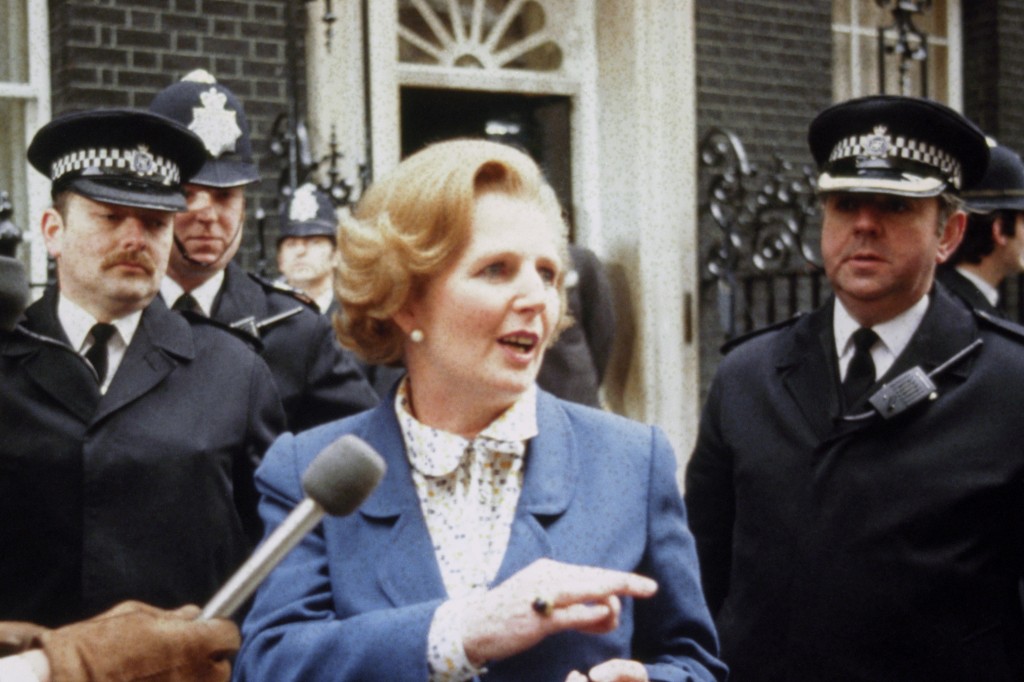Prime Ministers and No. 10
On her 21st birthday in 1947 Princess Elizabeth broadcast from Cape Town in South Africa: I declare before you all that my whole life, whether it be long or short, shall be devoted to your service and the service of …
The connection between Prime Minister and Chancellor of the Exchequer is probably the most important, and potentially the most problematic, of all ministerial relationships. Foreign Secretaries and Home Secretaries can be powerful figures, and yet they rarely have the capacity …
In December 1941, after the Americans had been plunged into the Second World War by the Japanese attack on Pearl Harbor, Winston Churchill crossed the Atlantic to confer with Franklin Roosevelt. As a mark of the closeness of the wartime alliance, he was …
Britain has a proud Olympic tradition. Since the revival of the modern Games in 1896, Britain is one of few nations to have sent competitors to every summer Olympics, and this year London has the distinction of being the first …
No previous Prime Minister ran 10 Downing Street like David Lloyd George. His predecessors had governed conventionally; he launched a revolution as profound as that under Henry VIII. This was partly because he headed a wartime coalition government, which called for an …
Margaret Thatcher moved into Number 10 in June 1979 shortly after winning her first general election. She was not greatly impressed by the untidy flat and dullish official rooms, and when she left Downing Street eleven and a half years later, …
“How the power of Prime Ministry grew up into its present form it is difficult to trace precisely.” In 1841 a former Prime Minister, Viscount Melbourne, explained the above to Queen Victoria. Details of the lives of individual Prime Ministers …
